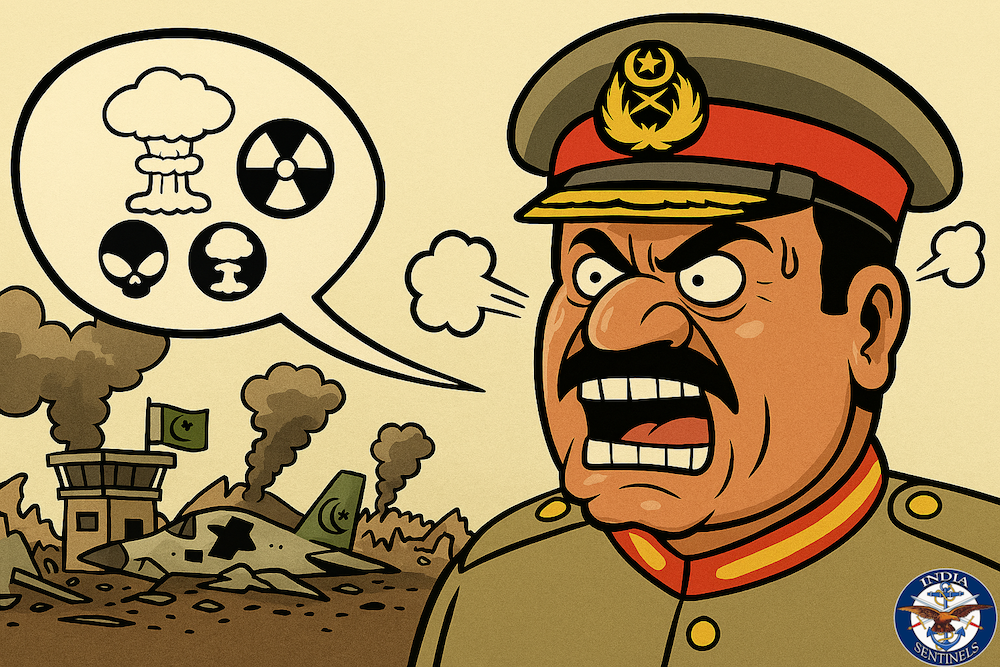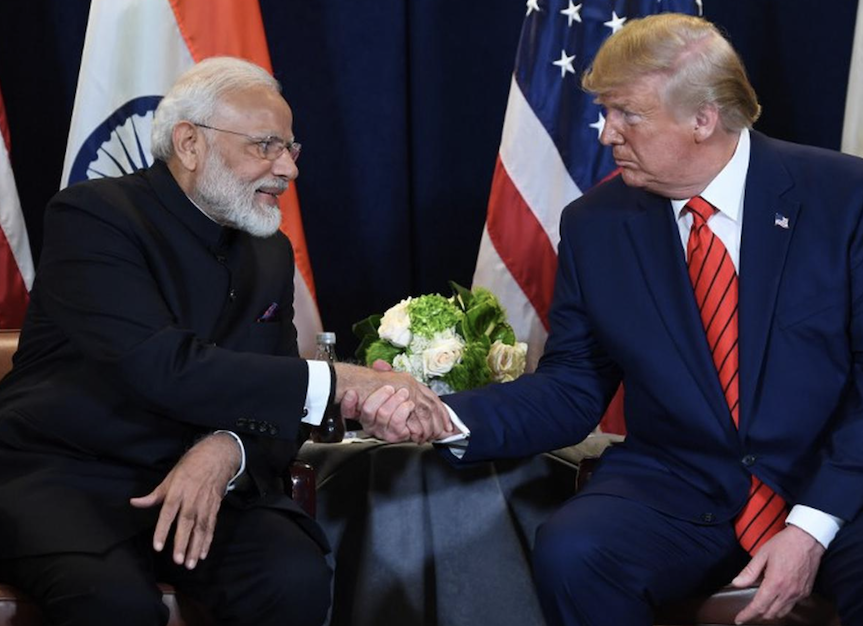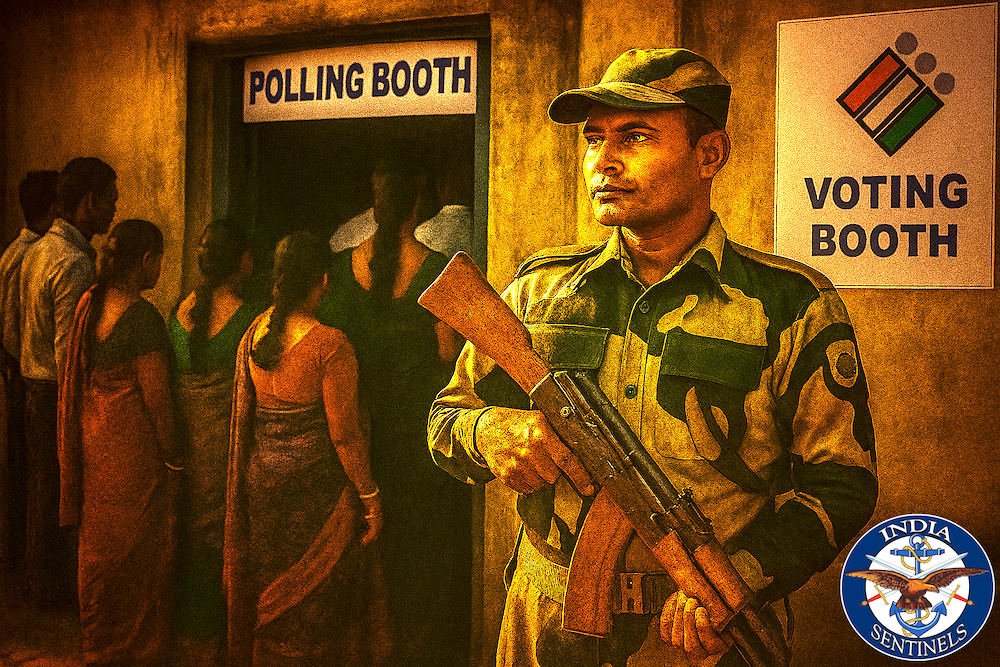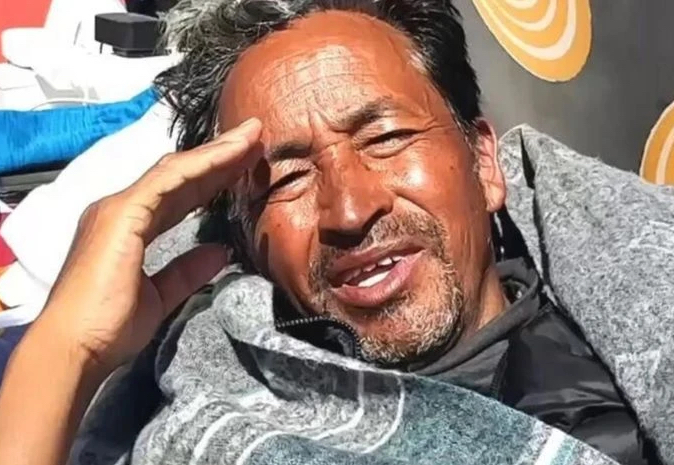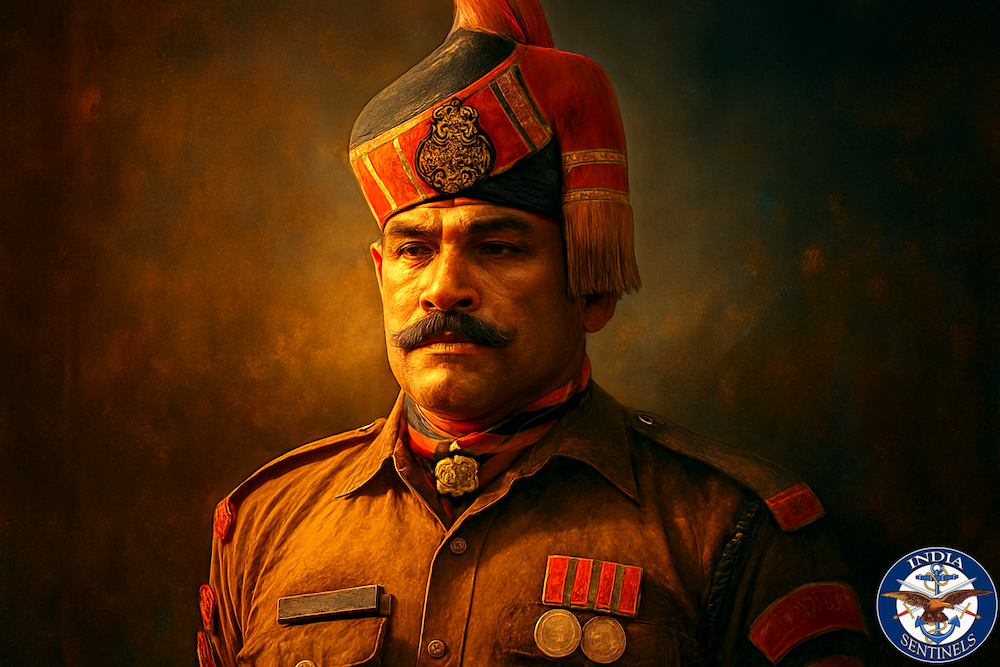
July 26 is celebrated as Kargil Vijay Diwas. However, circumstances that led to this Kargil war and brought two nuclear-armed neighbours to the precipice remain mired in mystery. Were the intelligence agencies not able to convert the information available to intelligence or was Indian Army derelict in comprehending the importance of that intelligence is unlikely to be revealed during our lifetimes?
Manifest aim of Pakistan in imposing Kargil war was to cut of supply routes to Siachin and thereby make our deployment there untenable.
Pakistan also wanted revenge for 1971 defeat. However In this audacious adventure, they forgot to factor in our strong national will and ability of our forces and leaders to take resolute action to evict them.
The commendable contribution of Border Security Force to the Kargil war effort remains undisclosed to the general public. The media played an important role in crafting a narrative that rightly glorified the Army. Crucial role played by BSF in this war needs to be put in perspective.
One battalion of BSF was deployed on the strategically important Kargil heights besides the four regular Army Battalions along the LoC (line of control). O8 BSF had the responsibility to defend the Chennigund defended area independently.
08 Bn BSF, commanded by SC Negi, commandant (proud of him as a batchmate who also climbed Mount Everest at age 56) did not vacate the forward defended localities (FDLs) assigned to his unit in spite of extreme weather conditions even though the Army units deployed adjacent to them had vacated their area during the winters of 1998-99.
The area of responsibility assigned to the brigade being large, there were huge gaps between the FDLs. These gaps had prepared defences ready to be occupied in contingency. The Pakistanis knowing fully well that most of these high altitude FDLs were vacated as a matter of routine during winters, occupied them supported by jihadi element. These positions were used to cause attrition to Indian forces when they tried to reoccupy them.
Continued occupation of the Defended area by BSF which included FDLs like Kaksar, Chennigund, Kargil and the highest post of the sector i.e., Chorbat La complex (17,000 feet) overlooking the historic Silk Road provided the Indian Army with a firm base to launch counterattacks to get the occupied territory back. The BSF Battalion HQ Chennigund became launching pad for the troops being inducted in Kaksar area.
Not only was this area not vacated, Commandant Negi displayed exemplary leadership qualities in ensuring continued occupation of the FDLs and ensured high morale of troops through frequent visits to FDLs. He also ensured proper maintenance of defences during these visits.
The unit took initiative to further strengthen the defence of Chorbat-la by occupying another dominating height nearby called “Bravo-1”, the highest and most difficult FDL of the Kargil sector at over 18,000 feet. A small team of 8 to 10 highly committed personnel under young Assistant Commandant Sonam Cherring, were deployed on this post thereby preventing Pakistani army from occupying it and thus threatening the defence of Chorbat-la axis.
The mortar platoon duly strengthened with additional mortars and BSF artillery were effectively utilized to bring down fire on the enemy posts to destroy a number of petrol, oil and lubricant (POL) and ammunition dumps besides interdicting enemy positions to facilitate advance of own Army.
Read also: India’s border guarding must be proactive
Surender Singh, assistant commandant, of 08 BSF who led the troops in this operation lost one leg to a scattered mine. In recognition of the leadership qualities displayed by him the officer was awarded with Parakram Padak.
Dy Commandant SS Yadav of 171 Bn BSF which did not even have time to acclimatise while being inducted, sacrificed his life to enemy fire during the process of supervising deployment of his troops for protection of Line of Communication. His sacrifice was recognized by award of posthumous gallantry medal.
153 Bn BSF deployed in Niru, adjacent to Kargil also did not vacate its FDLs and denied enemy any opportunity to intrude from that direction.
Besides above, the BSF personnel from south Indian states proved their worth in dissemination of information without threat of breach of security. BSF personnel belonging to Laddakh also proved useful in decoding the enemy transmission when co-opted at Army interception centres. BSF also provided much needed medical and logistics cover to Army.
An extremely important contribution by BSF was by its Intelligence Branch led by then Deputy Commandant OS Jha who utilised his excellent network of sources to obtain and process advance information about enemy activities in the area.
The BSF intelligence branch shared as many as five different intelligence reports about increased enemy activities between July and December 1998.
The reports pertained to forward shifting of enemy artillery including air-defence guns, development of new gun positions, vacation/shifting of POK villages near LC, stoppage of leave of military personnel, deployment of commandos near LC, construction of new tracks and bunkers, heavy stocking of ammunition, frequent visit of senior military officers, heavy presence of militants opposite Kargil, construction of new helipads etc.
Read also: IPS officers vs CAPF officers: Unseemly tug of war
These indicators of unprecedented military build-up in the area pointed towards possibility of major operation by enemy. Frequent sorties by enemy air force to Skardu and increased night flying practices were also reported by BSF intelligence branch in December 1998. Proper analysis of these inputs could have provided a clue to the enemy intentions.
Not only this, the BSF intelligence sources were able to ascertain the exact nature and extent of intrusion immediately after detection of intrusions in May 1999. The BSF intelligence resources were thereafter deployed in Batalik and Drass areas to detect presence of intruders if any amongst the locals. They also were deployed to ascertain and keep surveillance over the likely routes of infiltration.
The immense contribution of BSF intelligence effort thus had a vital role in facilitating better conduct of operations to evict the intruders.
The role of BSF in the Kargil war effort was also acknowledged by ministry of home affairs. Further, remarking upon the BSF’s human intelligence sources, the National Security Council Secretariat (NSCS) in their report to the government on Kargil mentioned specifically that they were “by far the MOST SUPERIOR”.
The contribution of BSF to the Kargil war effort, especially that of its Intelligence Branch that remains unknown needs to be highlighted and be brought in public domain.
[Disclaimer: Views expressed by the author are his own and don’t necessarily reflect the views of India Sentinels.]






